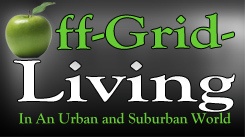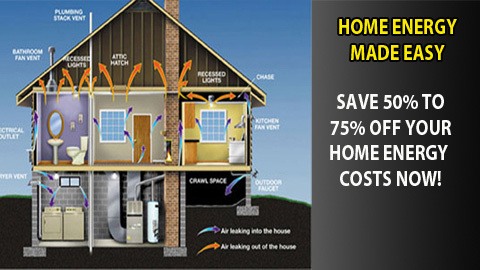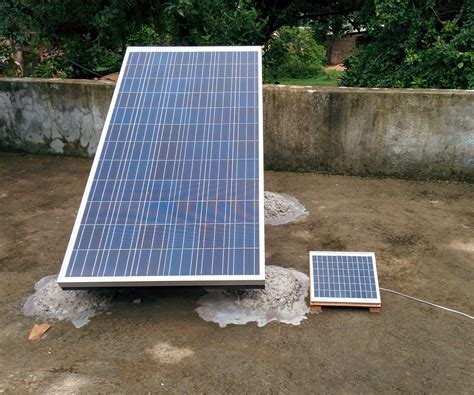
Best DIY Solar Panels: A Comprehensive Guide to Building High-Quality Solar Panels at Home. When it comes to renewable energy sources, solar panels have become increasingly popular as a sustainable alternative for homeowners worldwide. With the growing concern about climate change and the rising cost of electricity bills, many people are looking for ways to reduce their carbon footprint while also saving money on energy expenses.
DIY solar panels offer an excellent solution for anyone who wants to harness the power of the sun without breaking the bank. In this article, we will explore some of the best DIY solar panels available today. Whether you’re a seasoned DIY enthusiast or just starting with your first home improvement project, our comprehensive guide will provide you with all the information you need to make informed decisions about which solar panel kit is right for you.
From beginner-friendly options that require no specialized tools or skills to more advanced setups that can help you generate enough energy to power your entire home, we’ve got you covered!
Types Of DIY Solar Panel Kits
When it comes to DIY solar panels, there are a variety of kits available on the market. The most common types include grid-tied, off-grid, and hybrid systems.
Grid-tied systems connect your solar panel system directly to the utility company’s power supply. This means that when you generate more electricity than you need, the excess energy is sent back into the grid for others to use.
Off-grid systems do not rely on any external power source and are ideal for those who live in remote areas where access to traditional electrical grids may be limited or non-existent.
Hybrid systems combine both grid-tied and off-grid features, offering flexibility to switch between different modes based on energy needs.
When choosing the type of kit that best suits your needs, consider factors such as location and budget. It’s important to note that each option has its own pros and cons depending on individual circumstances.
In the following section, we will discuss how to choose the right size and wattage for your DIY solar panel system without breaking the bank.
Choosing The Right Size And Wattage
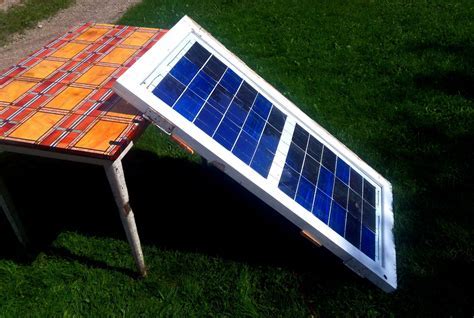
Types of DIY Solar Panel Kits are just the beginning. Choosing the Right Size and Wattage is essential to getting your system up and running. It’s like choosing a car; you wouldn’t buy a sports car if all you need is a family sedan.
When selecting solar panels, there are four key factors to consider:
- Power Output
- Efficiency
- Physical Dimensions
- Durability
The power output needed will depend on how much energy you want to generate per day, while efficiency refers to how well the panel converts sunlight into electricity.
The physical dimensions must be appropriate for the space available for installation, and durability is crucial in withstanding harsh weather conditions over time. As an expert in solar panels, I recommend taking these factors seriously when selecting your panels as they can impact performance and longevity in your investment.
Now that we’ve discussed the importance of choosing the right size and wattage let’s move onto Installation and Maintenance Tips so that you can maximize your solar panel’s potential without any issues down the line!
Installation And Maintenance Tips
Now that you have your DIY solar panels ready, it’s time to install them properly and maintain their performance. Here are some installation and maintenance tips from a solar panel expert:
Firstly, make sure the panels are mounted on a sturdy structure. The roof is usually the best place for this purpose as it provides ample sunlight exposure throughout the day. However, if mounting on the ground is preferred or necessary, ensure that the area selected has no shade during peak sun hours. Next, connect all wiring correctly and securely with weatherproof connectors. It’s important to double-check connections before turning on power to avoid any short-circuits. Lastly, clean your panels regularly with soapy water and a soft brush to remove dust or debris buildup.
For maintaining optimal performance of your DIY solar panels, keep an eye out for shading issues caused by nearby trees or other obstructions. Additionally, monitor output levels using monitoring systems such as inverters or micro-inverters which can detect faults early on. In case of any doubts about maintenance procedures or troubleshooting problems related to your system, consult an experienced technician.
To determine whether investing in DIY solar panels makes sense financially, it’s essential to evaluate cost and savings analysis in detail – we’ll explore more about this topic in the next section.
Cost And Savings Analysis
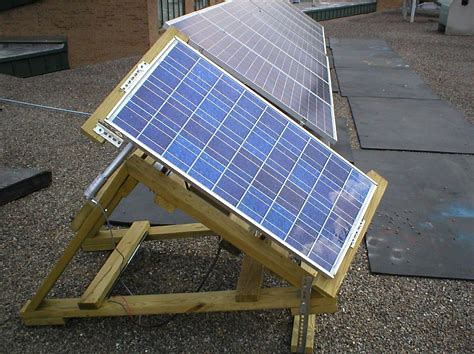
As you gaze outside your window, you see the sun shining bright in a clear blue sky. Imagine harnessing that energy and converting it into electricity for your home. With DIY solar panels, this dream can become a reality.
Before diving into the world of solar power, it is important to consider the cost and potential savings. Here are three key factors to keep in mind:
- Upfront Costs: While installing solar panels requires an initial investment, the long-term benefits far outweigh the costs. Not only will you save money on monthly utility bills, but many states offer tax incentives and rebates for homeowners who go solar.
- Energy Savings: By generating your own electricity through solar power, you can reduce or even eliminate your reliance on traditional grid-powered energy sources. This means significant savings on your monthly electric bill.
- Environmental Impact: By utilizing clean energy from the sun rather than relying on fossil fuels, you are not only saving money but also reducing your carbon footprint and helping to protect our planet for future generations.
As a certified expert in solar panel installation and maintenance, I highly encourage those interested in sustainable living to consider investing in DIY solar panels as both a smart financial decision and an environmentally conscious choice.
Harnessing the power of the sun has never been easier or more accessible – now is the time to join the revolution!
Conclusion
In conclusion, if you’re looking for the best DIY solar panels around, look no further! With a variety of types and sizes to choose from, there’s something for everyone.
And let me tell you, these kits are so easy to install and maintain that even your grandma could do it!
Not only will investing in DIY solar panels save you money in the long run, but they also help reduce your carbon footprint.
So why not take the plunge and join the clean energy revolution? Trust me as a solar panel expert when I say that installing your own solar panels is one of the smartest decisions you can make for yourself and the planet.
Don’t wait any longer – start reaping the benefits of renewable energy today!
